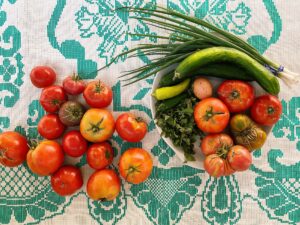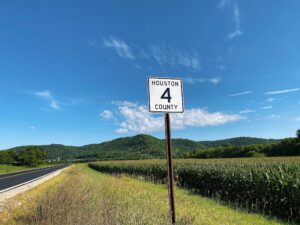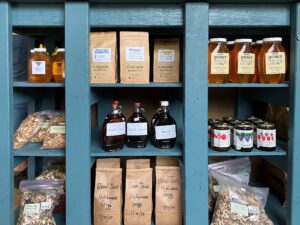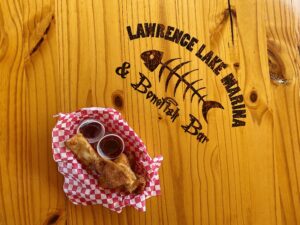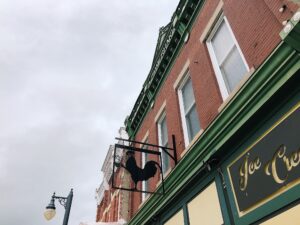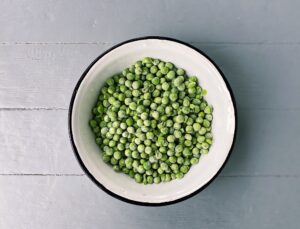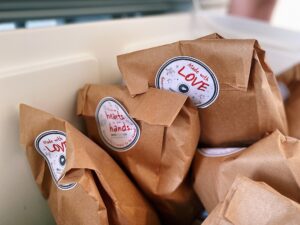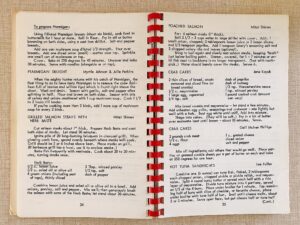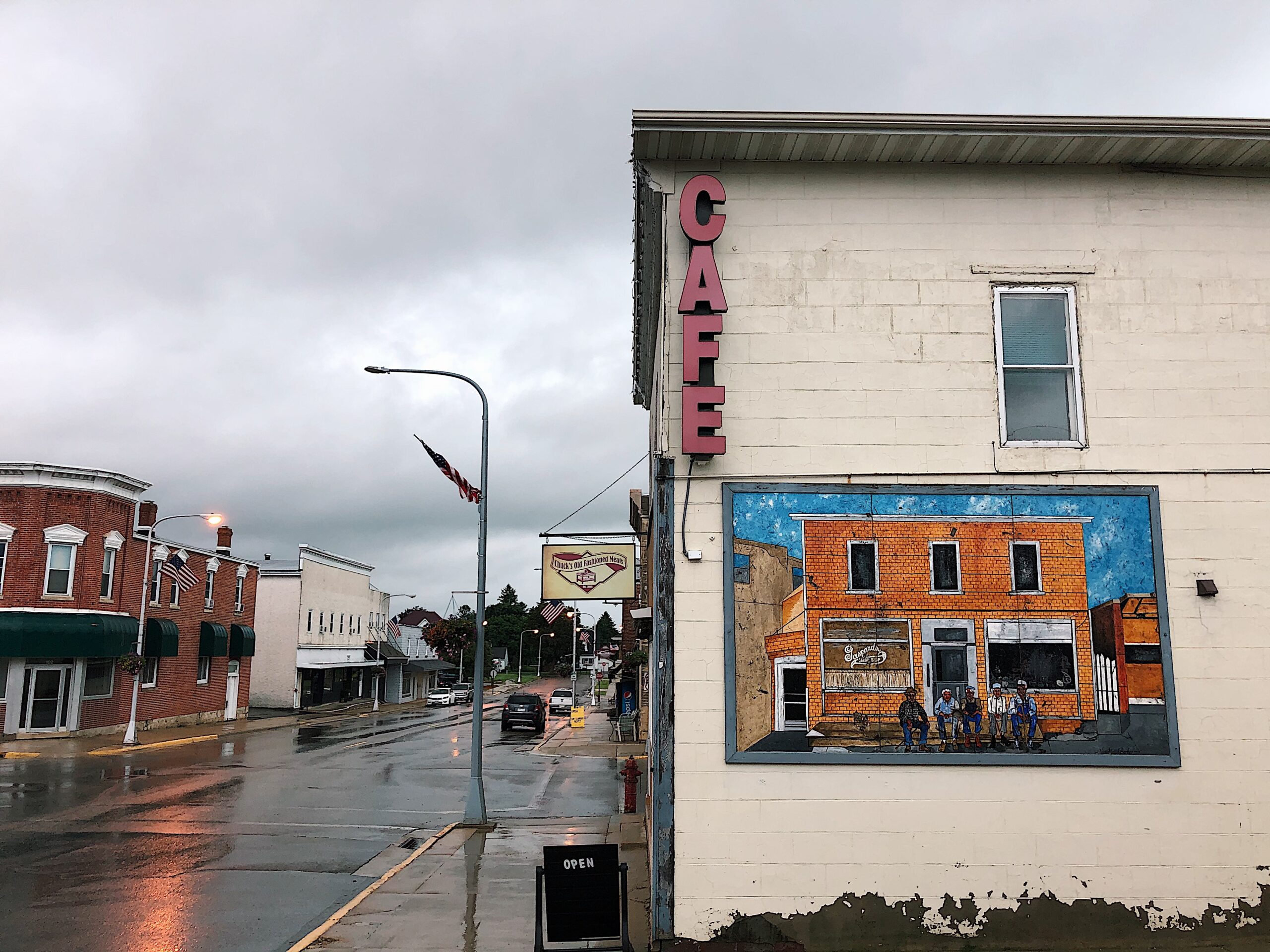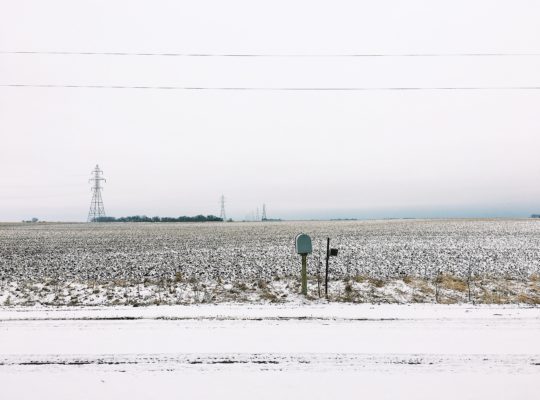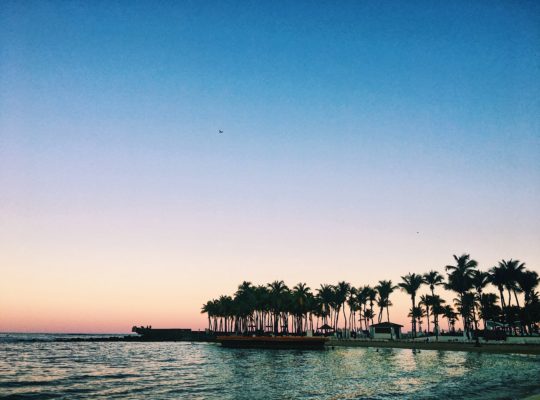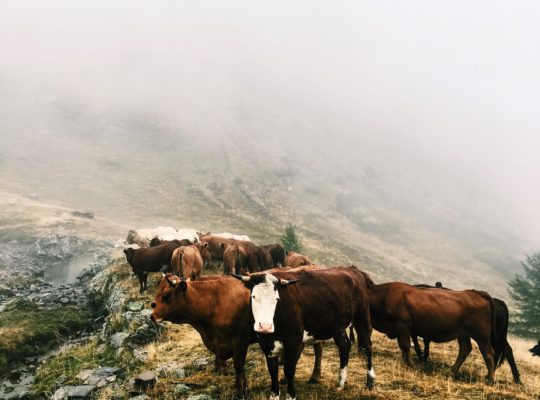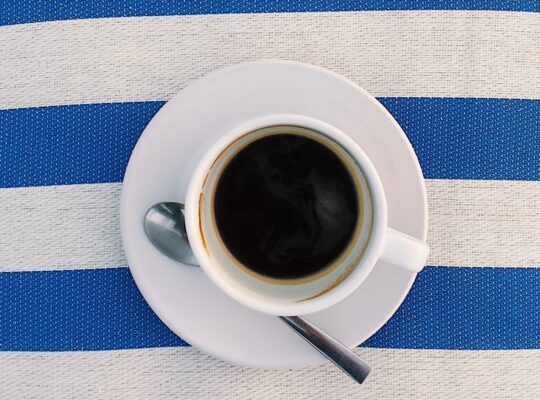The Darkest Rye
By Elisabeth Fondell
I once spent five days in Vilnius with my friend Hilda. The capital city of Lithuania made our travel route for two reasons. First, Hilda and I wanted to see a former Soviet republic, something that now feels impersonal and intrusive, like something that is not mine to investigate, but I didn’t realize that then. Second, Hilda found plane tickets from Malmö, Sweden to Vilnius for $18 round trip. It was impossible to pass up.
Our mornings in Vilnius followed a rather simple pattern: wake up in our elaborate, high-ceilinged apartment to the sound of traffic on Kalvarijų, brew coffee in the Italian-style espresso maker, lay out a spread of $0.58 loaves of dark Lithuanian rye bread, soft cheese, fresh grapes, and creamy yogurt, and proceed to devour a miniature feast while listening to the local radio station. Even though the unfamiliar voices sounded urgent to our unaccustomed ears, there was a comfort in the background din that made us feel at home as we ate. The first time we stopped at the market across the street, it was nearly unimaginable to exit the store toting a bag full of these foreign foods with interesting packaging and alien words costing no more than $3.50 total.
There is something miraculous about this age we live in. With minimal work, a wi-fi signal, and a few extra dollars to spare, one can travel to a faraway country and pretend like one has been there all along. The basic act of preparing and eating a leisurely breakfast in a foreign kitchen is a treat, almost magical in nature, and a portal towards beginning to comprehend the life of another culture.
For as we sat and ingested the grains, seeds, and active cultures prepared in a tradition dating back many centuries, we found ourselves an inch closer to the spirit of the Lithuanian people. By eating a piece of bread and a bowl of yogurt, I can’t claim to understand their struggle for independence or their hardship of harsh climate, food shortages, and political tension. But it’s a small start.
Now when I read food memoirs and cookbooks mentioning the food of the former Soviet republics, I can picture that apartment, imagine what it held in the pre-USSR days, in the grueling years of war, in the post-war bread lines, in the hard years of stagnant growth and industrialized food shortages, in the groundbreaking independence of the 90s, and the aggressive modernity of today. When I read about bread being the life, the bedrock of Lithuania, I imagine eating that dark rye, sour and moist, thick and tangy, with complexity as multi-faceted as its history.
I envision the café we visited at nine in the morning filled with tables of regular customers. Kvass, a fermented soda-like drink made from rye bread, poured from the tap, while the waitress bustled around behind the bar as gray-haired diners looked down into their potato pancakes and vodka in silence. I felt the harshness of their industrial work clothes and polyester pantsuits, the pull of a distant past still too familiar, the ache of a generational struggle for progress.
Of all the food we ate in Vilnius, from the zeppelin-shaped Cepelinai, to the bright pink borscht Saltibarsciai, to the Salat Olivier or “Russian Salad,”the Lithuanian dark rye bread stays with me. I can’t imagine a more fitting national icon.
May the people of Lithuania feast on an endless supply of this glorious dark rye.
NEXT



